This post may contain affiliate links. I only recommend products I use and love. Read the full disclosure here
Last Updated on March 19, 2025 by Alaina
Lice and dandruff. Both tiny. Both annoying. But in which areas do they differ? Lice vs. dandruff. It’s an important question to tackle and knowing the differences is very important. You can easily confuse the two when you don’t know the key details you ought to be looking for.
When you see little white flakes and you’re feeling an itchy sensation, here are some tips to help you decide if its lice or dandruff.

Lice vs. Dandruff – Key Differences Between Head Lice and Dandruff
Each year, there are an estimated six to twelve million people in the United States who get head lice. So, it’s not much of a reach that when you see little white stuff and feel itchy, you immediately think of head lice!
So, how can you differentiate head lice from dandruff? Here is an informative lice vs. dandruff guide so you know exactly what you are dealing with.
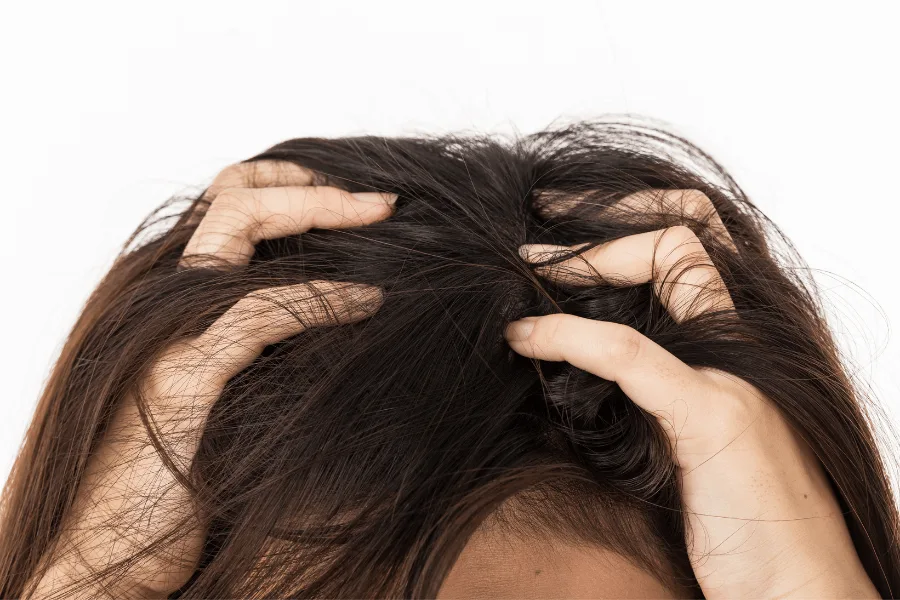
What Is Dandruff and Why Do I Get It?
The scientific term for dandruff is seborrheic dermatitis. It’s a skin condition located on the scalp, causing the topmost layer of the skin to shed rapidly. With this shedding, there is a production of dry, itchy, and flaky scalp. It can also make your skin inflamed.
Dandruff is very common and it’s not contagious. Typically, it’s nothing serious to worry about, but it can worsen in times of stress and anxiety, and during the cold and dry seasons.
Dandruff can also shift to other areas aside from just your head, such as the eyebrows and mustaches or beards. You can treat it with some gentle medicated shampoo designed to target dandruff. It could take a few weeks to rid your head of dandruff, and it might take even longer depending on the severity of your condition.
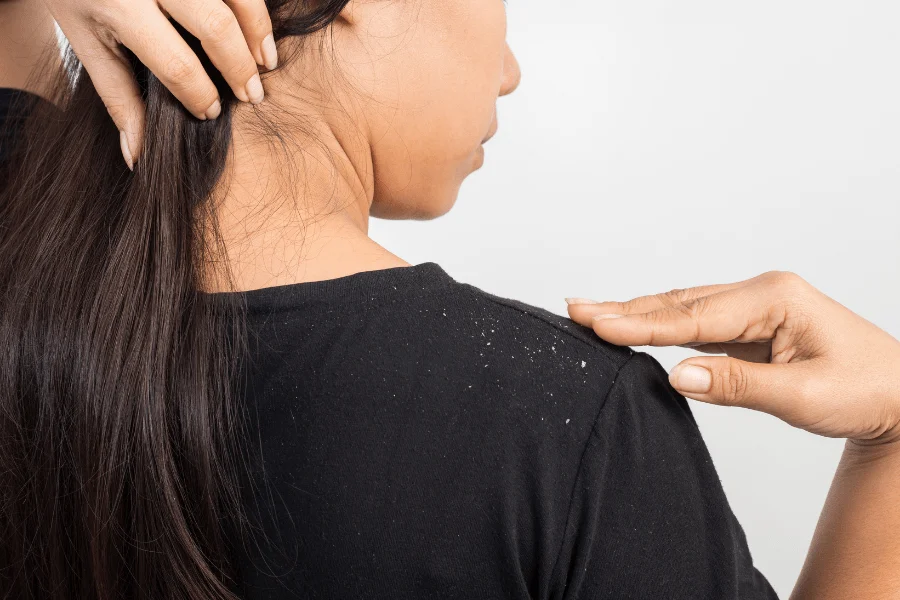
Dandruff can cause dry flakes of skin to appear along with some itching. However, dandruff is not caused by bad hygiene, nor is it contagious, so catching it from someone isn’t an issue. It’s simply due to a skin condition, or perhaps a slight allergic reaction to a product you’ve been using.
What Is Head Lice And How Do You Get It?
Head lice are tiny parasites that stay on the human scalp while feeding on blood that they get through the skin of the scalp. Technically, head lice could live on eyebrows or facial hair as well– though it’s extremely rare, and never have we encountered it in our experience.
Unlike dandruff, lice are transmitted from head-to-head contact, or from items that came into contact with someone who has lice, such as pillows, hats, or combs.

What Do Lice Look Like?
Lice are about two to three millimeters long, approximately the size of a sesame seed. They have six legs with claws at the end of each one. They use these claws to latch onto hair shafts.
Lice eggs, also known as nits, are even smaller! Smaller than a pinhead! Nits are essentially “glued” to the hair shaft, usually found very close to the scalp as they prefer warm areas for their incubation period lasting seven to ten days. When they hatch, they leave behind white empty nit shells.
Nits or lice eggs can appear in a wide variety of colors — from clear to white to beige and then to dark brown (these ones can be particularly hard to find!). This difference in color is dictated by the stage of development the nit is in.
When it’s first laid, the nit is completely clear. As the nit develops, it gets darker and darker. Right before it hatches, it is a dark brown, almost black, color. And finally, when it hatches, the empty shell that is left is white.
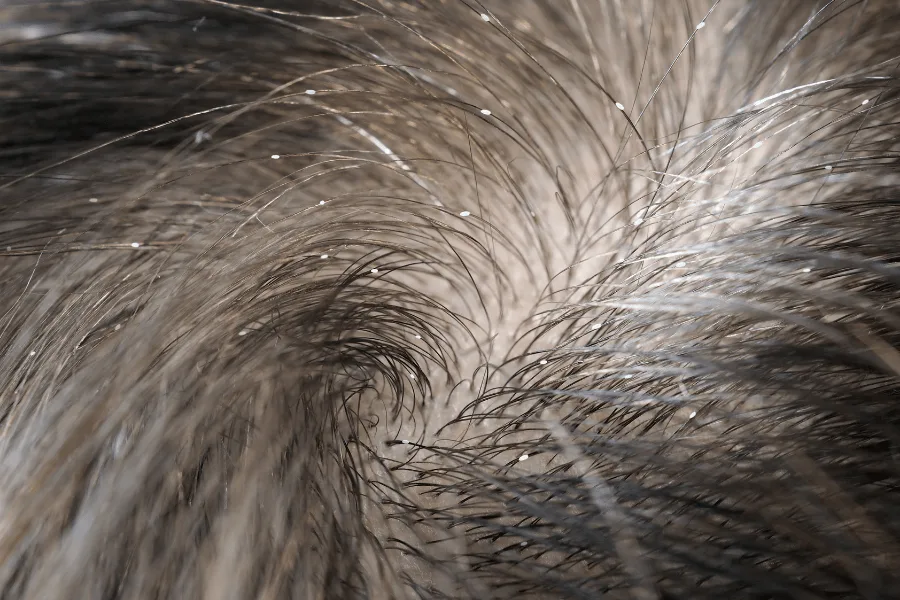
Nits are most often confused with dandruff during the early stages when they are still whitish in color. And therein lies the confusion!
Lice Eggs Vs. Dandruff
While you might not have realized how important it is to distinguish lice eggs from dandruff, knowing this can help you differentiate one from the other. Here are some key differences to watch out for:
Lice Eggs vs. Dandruff: How Easily Does It Move?
Dandruff flakes can easily be removed when you shake your head or tussle your hair. Dandruff rests atop your hair as opposed to being glued on, like a blanket of snow sitting on your hair. This also means that you can get rid of dandruff flakes by simply combing or brushing them out.
Lice eggs or nits, on the other hand, stick to the hair like glue. They can’t be easily shaken off, tousled out, and even a powerful scratching won’t be enough. In fact, not even washing, combing or brushing will get rid of them.
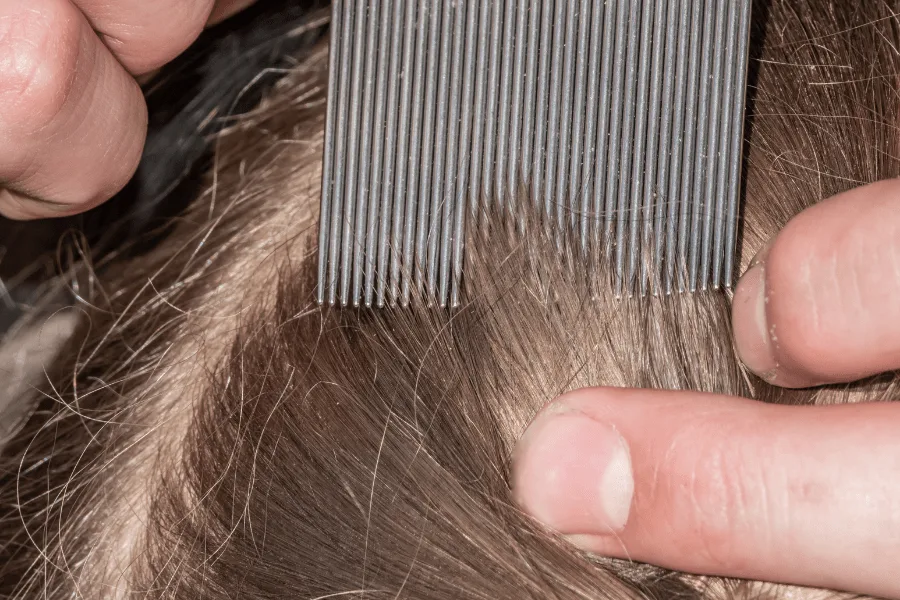
Without using a Lice Nit Comb, or another fine-toothed lice-removal comb, nits won’t come off the hair and scalp region. This is because they’re securely adhered to the shafts with a sticky secretion from the female louse who laid them.
The only way you’d be able to remove nits without a comb is to carefully and tightly pinch the nit between two fingernails and slide it along the entire strand of the hair.
Lice Eggs vs. Dandruff: What Is The Shape and Size?
Dandruff comes in irregular shapes and sizes. Like snowflakes, no two dandruff flakes are exactly the same. While dandruff flakes are generally tiny in size, others can come in larger sizes. Dandruff flakes are also usually lumpy, jagged, and have uneven edges.
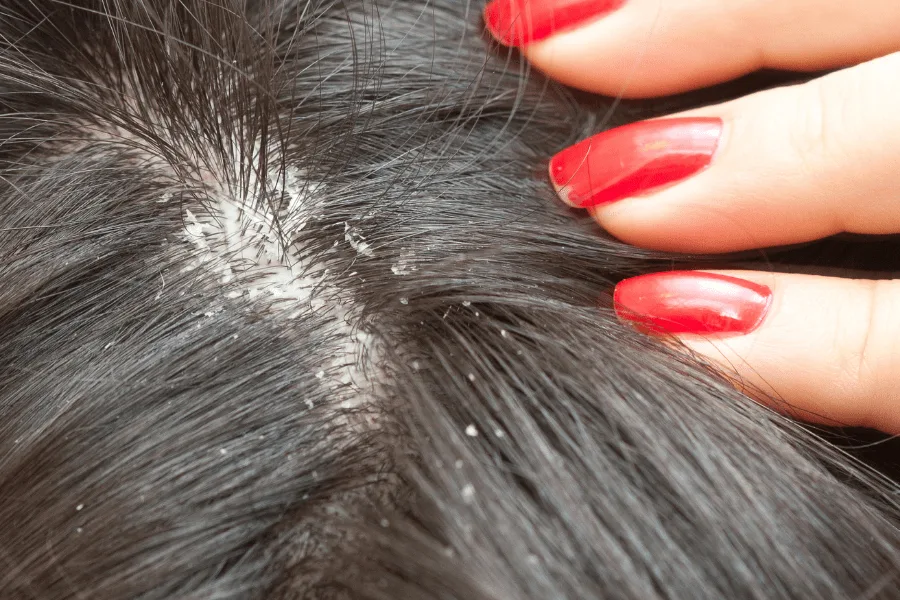
Nits, on the other hand, are more uniformly shaped. They generally appear ovular, circular, or teardrop-shaped. After removal from a strand of hair, you’ll notice that lice eggs are more often than not in the shape of a teardrop. Unlike dandruff, they are not irregular or jagged at the edges at all.
Also, nits are all the exact same size. Though they may vary in color (depending on the stage they are in), they do not vary at all in shape or size.

Lice vs. Dandruff: Where Exactly Do You See It?
Lice are most often seeking a warm and dark place to stay. Thus, they prefer the areas of the hair closest to the hair follicles itself. Lice also do this in order to lay eggs close to the scalp for proper incubation.
Dandruff, however, can be found anywhere on the hair, whether it be the warmest area or not. It originates from the skin of the scalp, so you may find more flakes closer to the roots, but it can also migrate to other areas of the hair. Dandruff easily shakes off and can fall onto your clothes.
When in doubt, try putting on a black shirt and giving your head a vigorous shake. If you see flakes fall onto your shirt, especially on the shoulders, then you are more likely dealing with a dandruff problem rather than a lice problem.
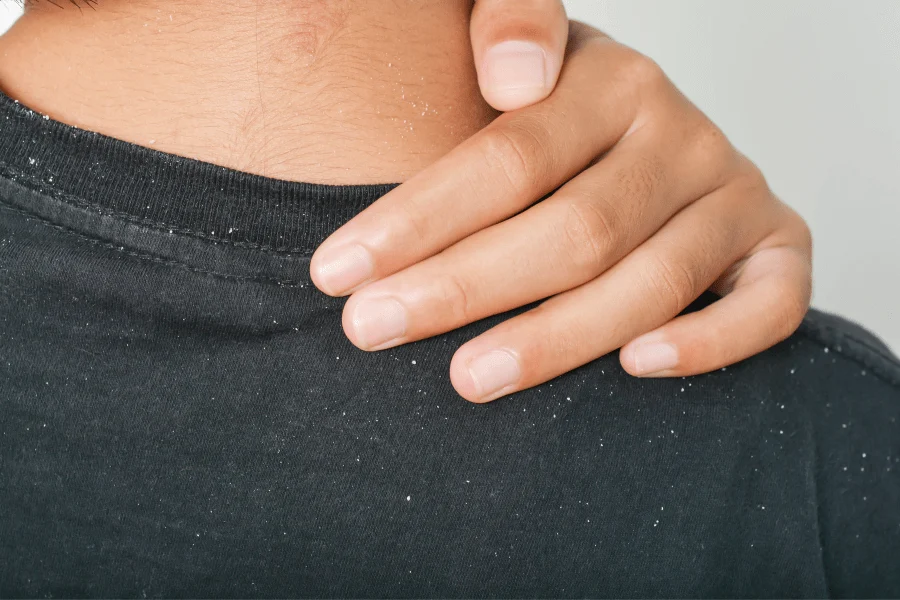
Does Dandruff or Lice Move?
Dandruff is actually dead skin. While it can easily move when blown, brushed, combed, or tousled, it cannot move on its own.
Lice, on the other hand, will move quite actively. These tiny, blood-sucking, six-legged parasites will move on their own accord. You can actually feel them moving about in your hair when you have it. It may be a tiny creepy feeling, and some people would even say that it feels like a burning sensation. Even as you remove them from your head, you’ll still be able to see them moving about.
The lice eggs, however, tend to be more docile up until they hatch. That’s why it is important to know the difference between lice eggs and dandruff which are both unmoving.

What Is The Difference In Symptoms Between Lice and Dandruff?
Both dandruff and lice can cause severe itching, so when you start to feel that sensation, it’s important to know what exactly is causing it. The itchiness caused by dandruff is what usually alarms others into thinking that they have lice.
While lice and dandruff share the symptom of itchiness, there are some other symptoms that will help you tell the difference between lice vs. dandruff. Some of those symptoms include:
Dandruff symptoms:
- Itchy scalp
- White or slightly yellowish flakes found on the scalp, in the hair, and falling off the head
- Pink or red skin
Lice Symptoms:
- Intense itching (or burning sensation) of the scalp
- The presence of lice and/or nits
- Visible tiny red bumps (the size of a pinhead) anywhere on the scalp
- A tickling sensation or feeling like something is crawling on the scalp
- Insomnia can occur as the feeling of lice crawling on the scalp paired with the excessive itchiness can prevent sleep
- Irritability can occur from lack of sleep and intense itching sensations

How Do Treatments for Lice and Dandruff Differ?
Another important fact to know about lice vs. dandruff is what types of treatment options are available.
Treating dandruff can be as simple as switching your shampoo. There are many over-the-counter solutions for dandruff problems. Usually, zinc pyrithione is the go-to ingredient to reduce inflammation, itchiness, and the flakiness on the scalp.
For a more natural approach, there are lots of people who’ve had success with tea tree oil-based shampoos and tar-based shampoos. It all really depends on your preference and the case of your scalp.
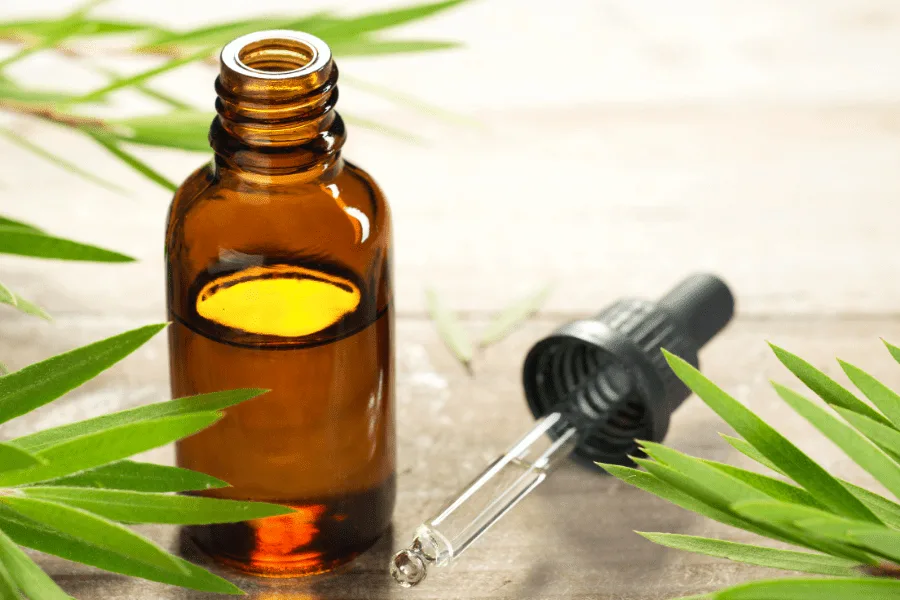
There are also many products on the market, both over-the-counter and prescription-grade, to treat lice. However, a lot of these products are chock-full of harmful ingredients that can be found in garden pesticides and industrial-grade insecticides. Namely, the active ingredients in over-the-counter products are pyrethrins and permethrin.
In prescription lice treatments, the main active ingredient is lindane. However, lindane has been associated with potential health risks, including neurotoxicity and environmental concerns. Additionally, many over-the-counter lice treatments contain pesticides that may not only pose health risks but also contribute to treatment resistance, making them less effective over time.
For a safer and more effective approach, professional lice removal services offer non-toxic, pesticide-free treatments that eliminate lice without exposing individuals to harmful chemicals. These services, such as those provided by clinics like Park Avenue Skin Care, use specialized techniques to ensure complete lice removal while prioritizing scalp health and safety.
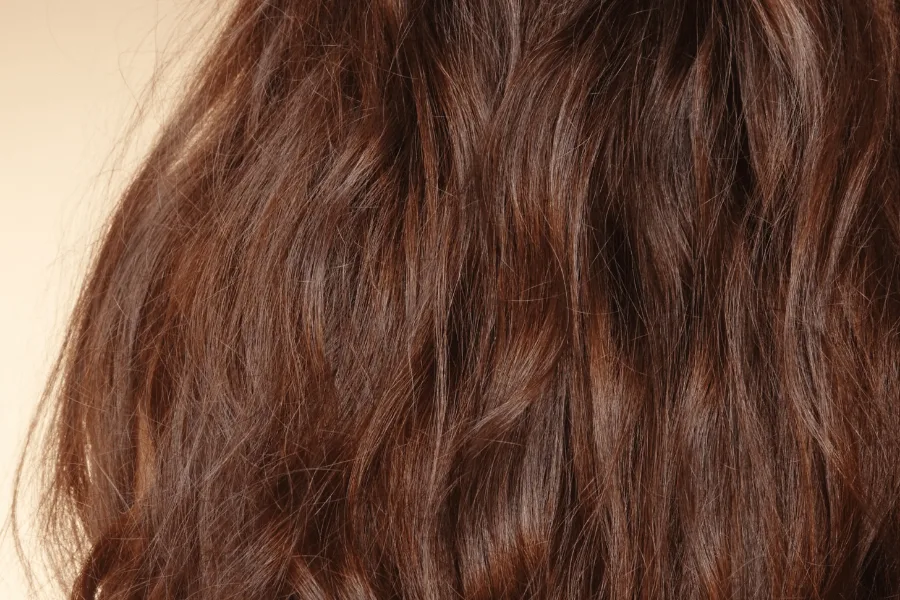
Final Thoughts on the Differences Between Lice and Dandruff
Now that you’ve read our lice vs. dandruff guide, you’ll be better informed the next time you get that itchy feeling on your head! Once you know the key signs to look for, you’ll easily be able to tell them apart.
Lice and dandruff may seem similar at first glance, but armed with your new knowledge and a closer inspection, you can now tell the differences between lice and dandruff for yourself.
